The Nottingham Microalgal Biorefinery
Carbon Capture & Utilisation
2008-2015
Project partners
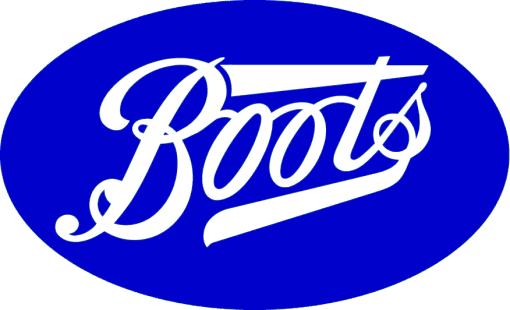


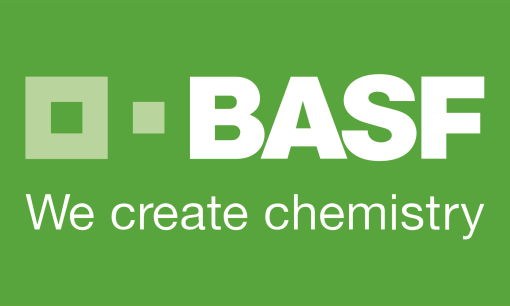
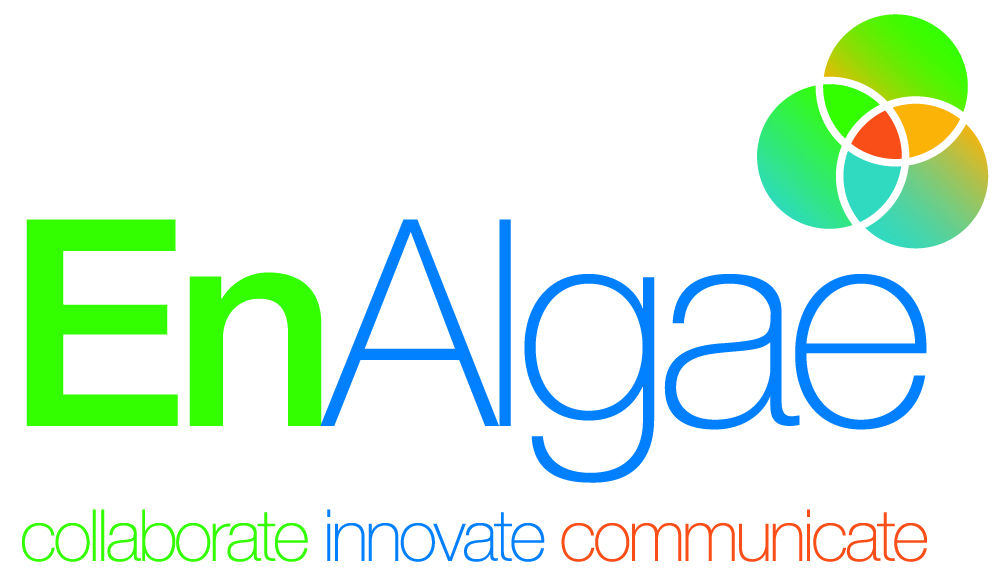


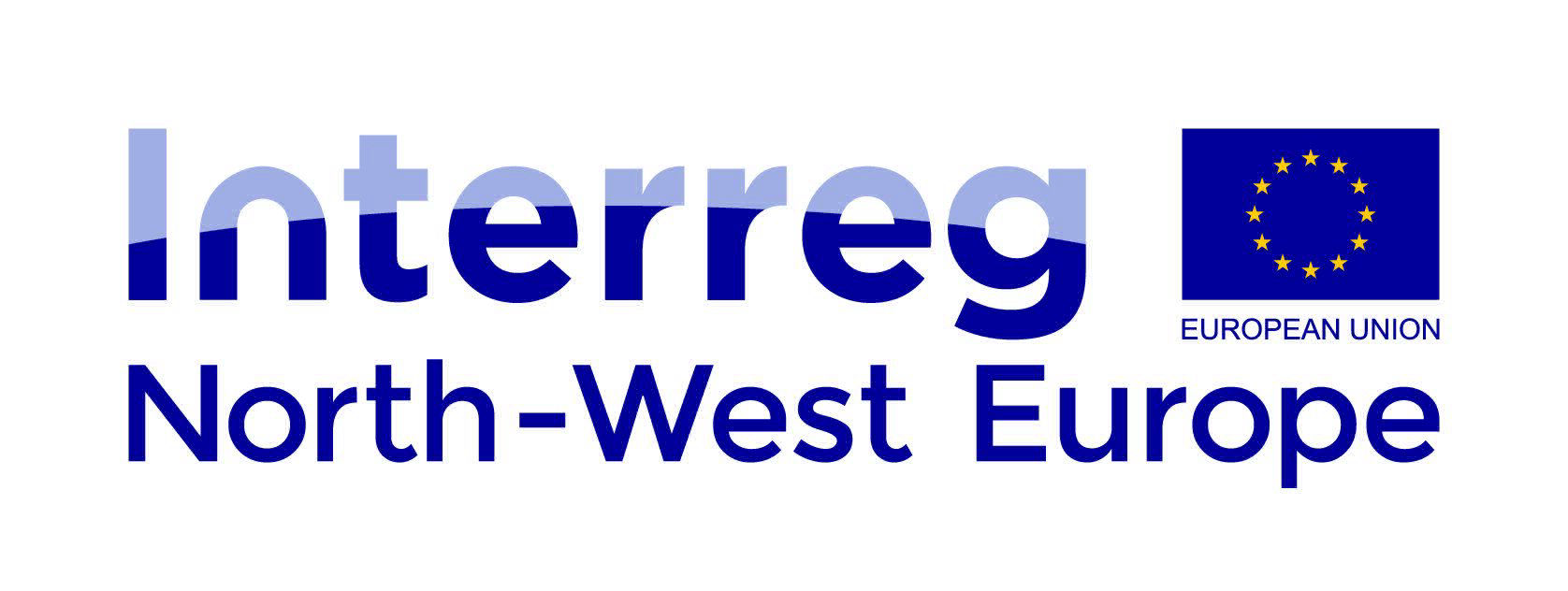










In 2007 a consortium consisting of Plymouth Marine Laboratory, Alliance Boots, Cognis GmbH (BASF) and Carlton Power Ltd embarked on a £2.1m Technology Strategy Board (TSB) funded project ‘CCIF’, to construct a carbon capture based microalgal biorefinery.
Conceived and deployed by Greenskill's founder, the project's aim was to directly utilize hot flue gases from Boots’ 15 MW combined cycle gas power station as a carbon source for solar driven, phototrophic microalgal production.
A proprietary low energy 16,000 litre photobioreactor (PBR) directly coupled to power plant emission stack provided the production platform for the chassis strain. Hot flue gases were delivered from the power plant to the PBR utilising the residual pressure (0.015 Bar) at the base flue stack and then ducted directly into the PBR modules. The PBR contacted the hot flue gases with the micro algae without gas compression and flue gas residence time in the PBR was varied by restricting the incoming emissions.
A robust freshwater cyanobacterial strain CX68 was selected capable of being maintained indefinitely as a mono algal culture in a photobioreactors. The strain is tolerant to contact with hot flue gases (110oC) containing NOx and as a thermophile able to tolerate culture broth temperatures up to 60oC. It is also auto-flocculating and harvested using passive sedimentation methods to a cake concentration of 14% solids (dry weight).
CX68 produces a suite of primary and secondary metabolites with commercial potential and the CCIF project deployed a biorefinery approach to derive sustainable ingredients for cosmetic products from CX68 and a feedstock for hydrothermal conversion into bio-crude oil.
A genetic transformation system and the foundations for a metabolic toolkit were also developed for CX68, to enable its use as a chassis strain for the targeted production of novel primary and secondary metabolites.
Process energy use
Minimising energy input into all the process steps is a major consideration within the project. Flue gas delivery and PBR operation required 20-70W/m3 and harvesting utilises <20W/m3 of reactor volume. To maximise contact of biomass with solar photons, high turbulence is maintained throughout the reactor without compromising energy input. Reactor cooling on hot sunny days is not required and temperatures in excess of 55oC were regularly observed with no long term detrimental effects on biomass growth. Because of the high turbulence, productivities approaching of 0.9g/l/day (dw) were achieved and further optimisation using SCADA management was undertaken.
Differential extraction of value-added products
Deriving multiple valuable products from the same biomass termed biorefinery approach is critical for the success of industrial biotechnology products. We investigated the use of a custom designed ball mill, which had lowest energy consumption compared to other reported mechanical methods of extraction, for algal biorefinery. The process variables involved in ball milling were initially identified through scale-down studies. Grinding media size and density were found to be the key variables to achieve differential extraction of compounds from different locations within the cell. The balance between the shear forces and the impact forces were investigated to achieve differential extraction combined with theoretical calculations critical for scale-up and efficient bioprocess design.
Tangential flow ultra and micro filtration were used to fractionate cell extracts.
Efficacy testing
A suite of bioassays and analytical protocols were employed to validate the cosmetic efficacy of extracts recovered from the biomass including, UVA & UVB protection, anti-ageing and antimicrobial screening.
The development of a cyanobacterial molecular toolkit
Cyanobacteria are a functionally diverse group of photosynthetic bacteria occupying a wide range of aquatic, marine and terrestrial habitats. The most developmentally complex cyanobacteria are assigned to sections IV and V and species within these groupings have the largest genomes and occupy a diverse range of environmental niches. Currently our understanding of the molecular adaptions that underlie this diversity are under explored in the most complex section IV and V cyanobacteria.
To address this we have developed a protocol for efficient conjugative transfer into the metabolically versatile and developmentally complex cyanobacterial strain and find that plasmids can be transferred at efficiencies approaching 20%. Transferred plasmids can be protected from restriction enzyme activity by in-vivo methylation of or deletion these restriction sites. The high efficiency of conjugative transfer and the ability to circumvent the host restriction systems allow for the first time molecular genetic studies of development and adaptive responses in the chosen cyanobacterial strains.
Future work (pre CRISPR Cas-9 era)
The genome of a selected strain was sequenced and annotated, and efficient transformation systems developed. Gene knock-outs, GFP localisation, up-regulation of targeted metabolites and the rapid identification of wild type mutants were carried out. Direct product recovery (milking) in the PBR was also investigated using biocompatible mechanisms.
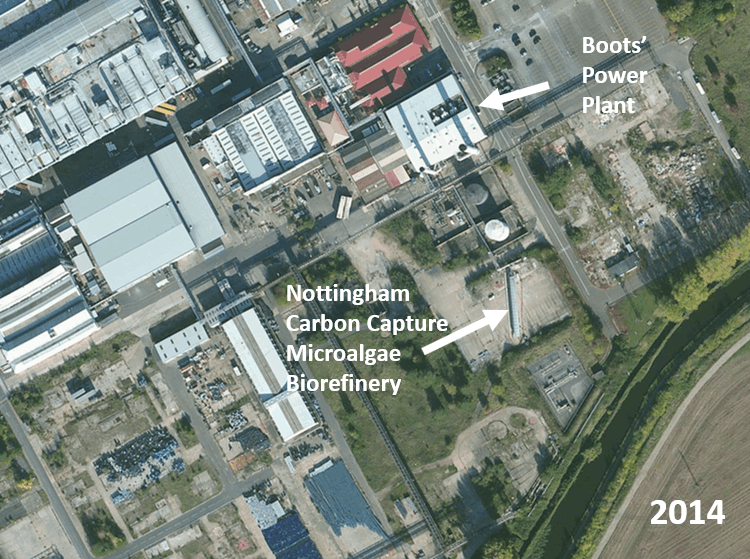
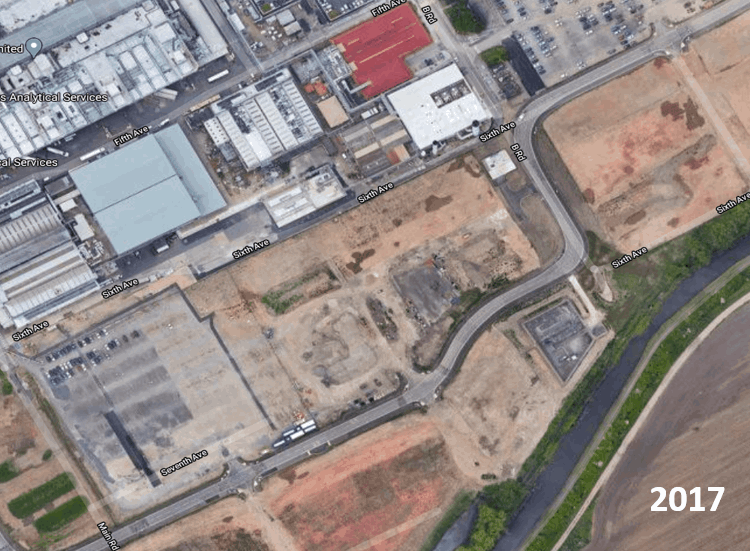
AI Website Generator